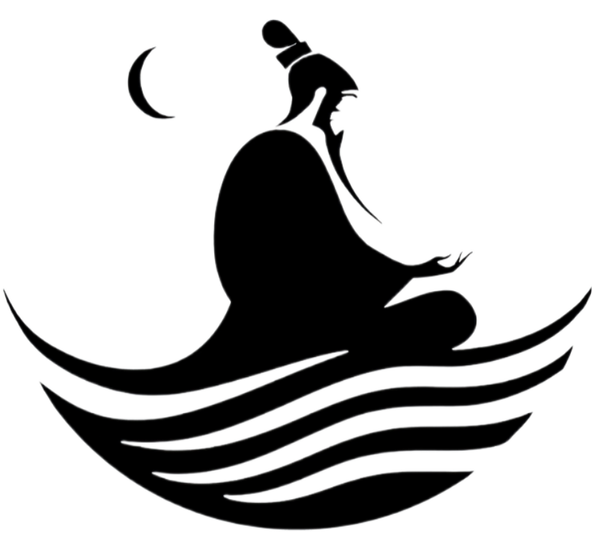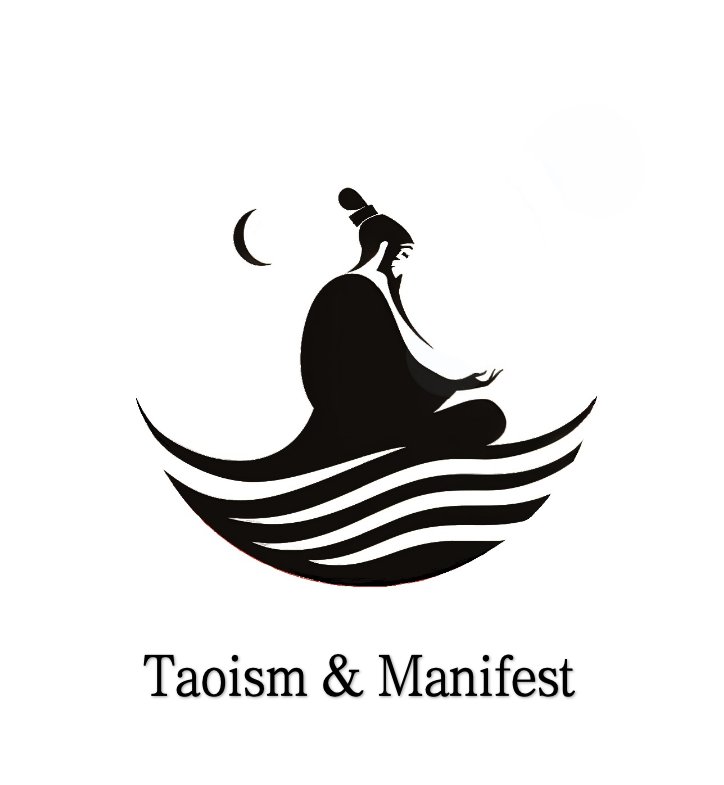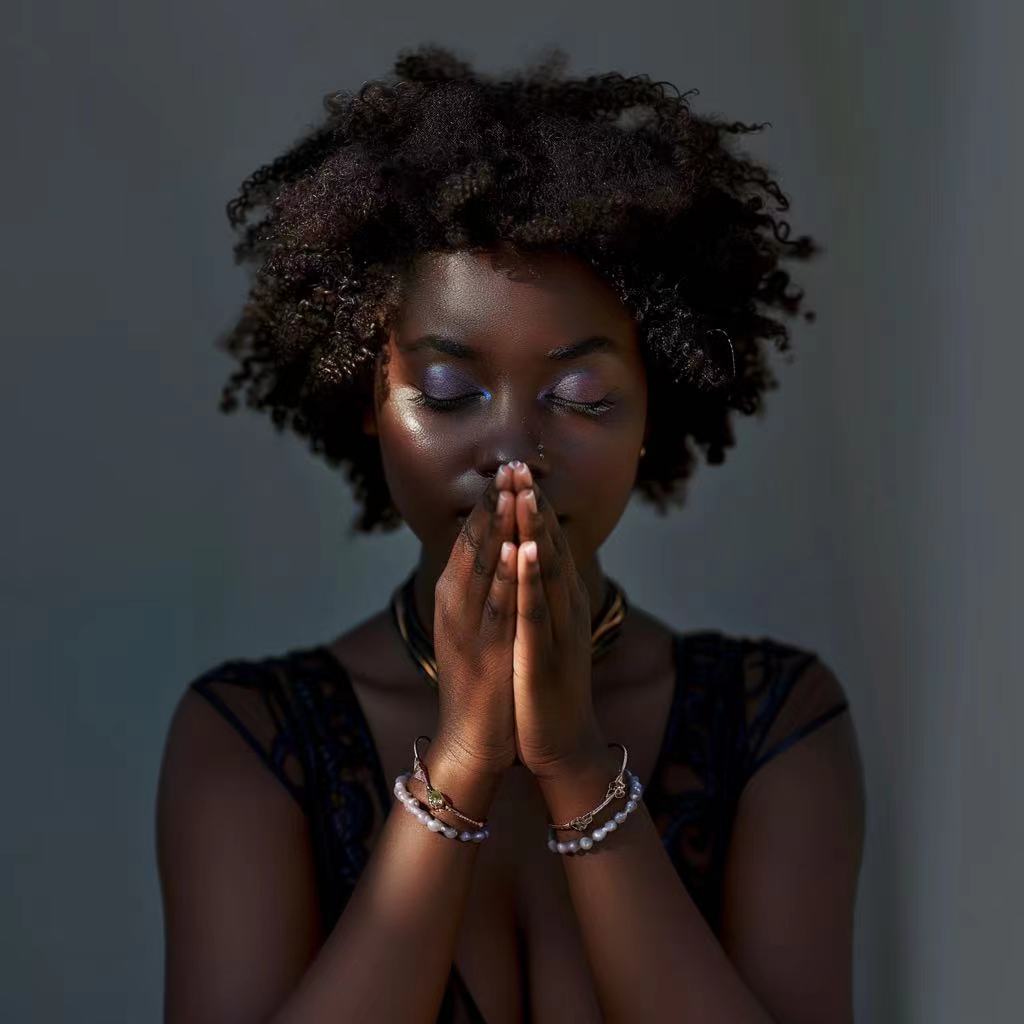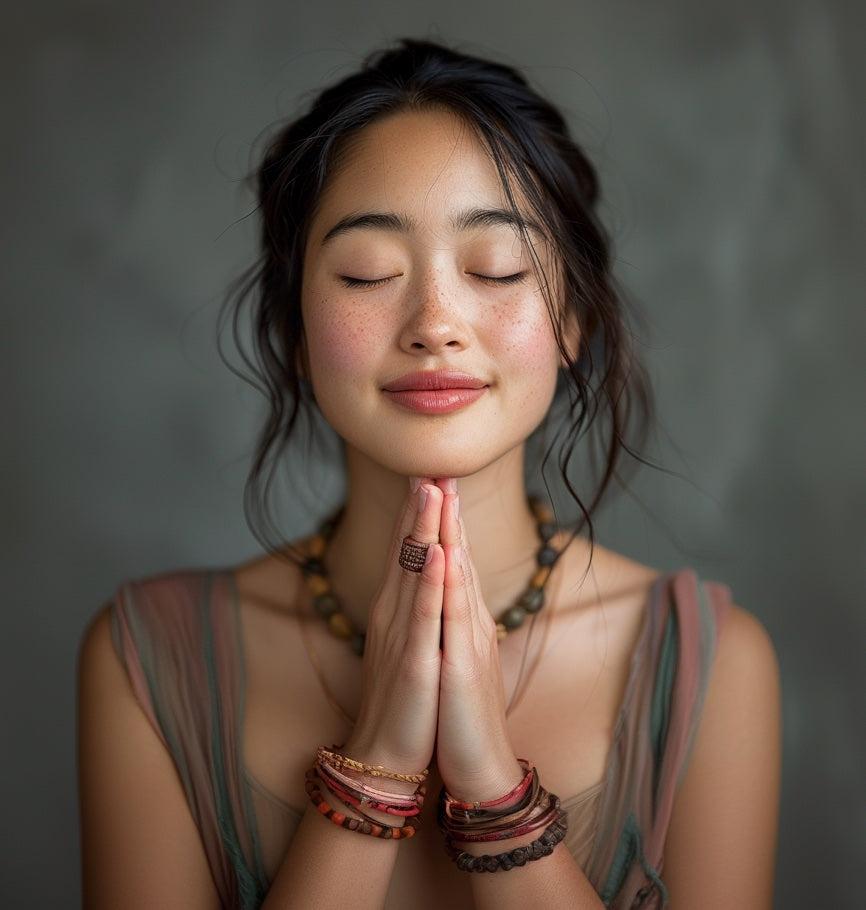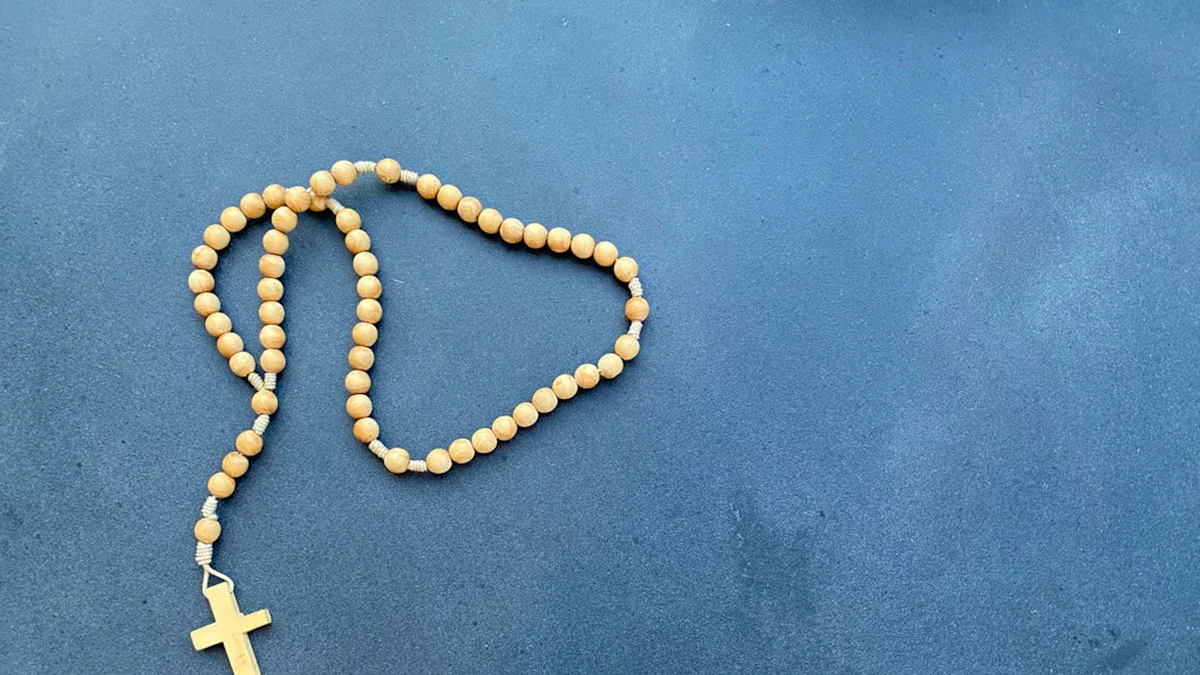
Imagine you are holding a string of beads in your hand. You feel their smooth surfaces as you touch each bead. People use prayer beads in temples, churches, mosques, and at home. Why do so many cultures use these beads? Prayer beads help people count and guide them in their faith. They have been used for hundreds of years. Their Global Influence is seen in many big religions:
Religion |
Use of Prayer Beads |
|---|---|
Hinduism |
Yes |
Buddhism |
Yes |
Islam |
Yes |
Christianity |
Yes (Catholics and Protestants) |
Other Religions |
Yes (all but one) |
Prayer beads help people meditate and pray. Ancient Hindu sages used them. People today use them too.
Key Takeaways
Prayer beads are used in many religions. These include Hinduism, Buddhism, Islam, and Christianity. They help people focus when they pray or meditate.
The number of beads is different in each tradition. Hindu and Buddhist malas usually have 108 beads. Islamic Masbaha can have 99 or 33 beads.
Using prayer beads can help your spiritual practice. They give you something to hold while you pray or meditate. This helps you stay calm and pay attention.
Prayer beads have been used for a very long time. People started using them thousands of years ago. This shows they are important for faith.
Today, prayer beads come in new materials and designs. This makes them easy to use in many places. People use them for religion, wellness, and mindfulness.
Origins and Early Use
Ancient Civilizations
People have used prayer beads for thousands of years. Early humans made beads from things like shells and stones. Some of the oldest beads were made from ostrich eggshells. These beads are about 10,000 years old. In ancient Greece, a painting shows people with beads in a religious place. Statues from India show holy men holding beads in the 3rd century BC. In Britain, people used salmon bones as beads for prayer in the 8th or 9th century.
Evidence Description |
Date/Period |
|---|---|
Ostrich eggshell beads, among the earliest human ornaments |
10,000 BC |
Oldest image of a string of beads in a religious context at Akrotiri, Greece |
17th century BC |
Statue of a Hindu holy man with beads |
3rd century BC |
Oldest prayer beads found in Britain, made of salmon vertebrae |
8th or 9th century |
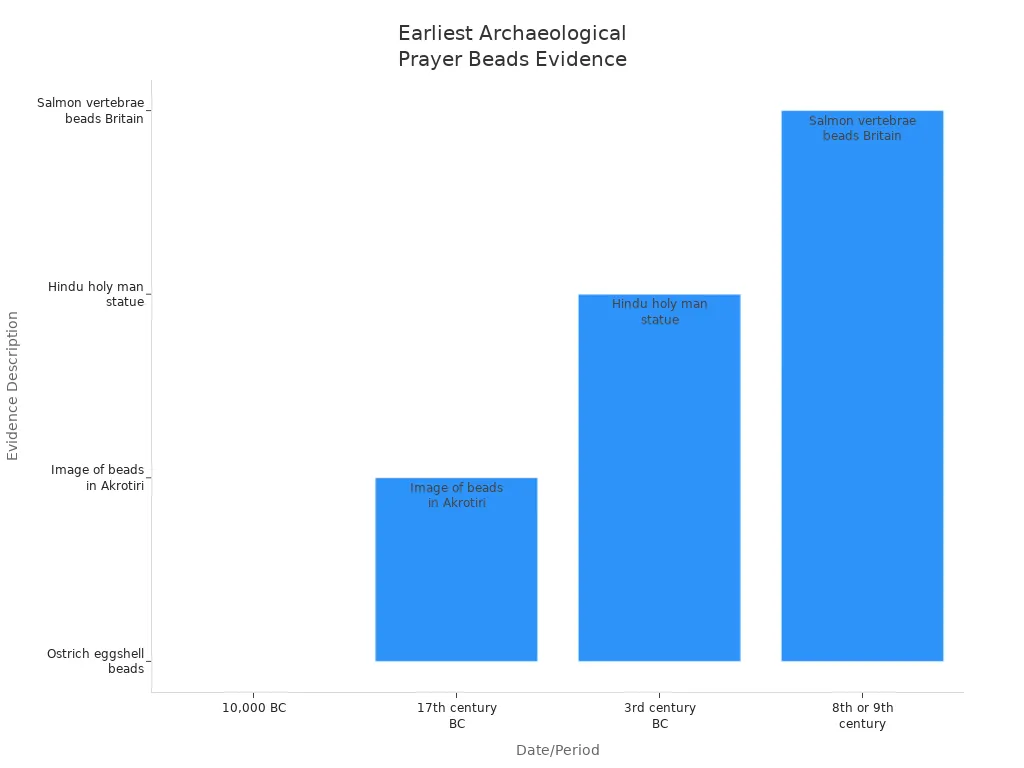
Different cultures used prayer beads in special ways:
Civilization |
Earliest Use |
Primary Purpose |
|---|---|---|
Hinduism |
Ancient India |
Used for counting prayers and invocations to deities, often made from sacred materials like Tulsi wood. |
Buddhism |
Ancient India |
Employed for reciting prayer-formulas, typically using 108 beads made from various materials. |
Islam |
9th Century |
Utilized for reciting the names of Allah, often made from sacred clay, with a specific structure. |
Christianity |
Early Christians |
Developed from natural counting methods, with historical evidence of beads used for prayer counting. |
Hinduism uses prayer beads to count prayers to gods.
Buddhism uses beads to repeat special prayers.
Islam uses beads to say the names of Allah.
Christianity uses beads to count prayers.
Early Symbolism
Prayer beads have always meant something important. Ancient Indian wise men used them to help meditate in the 8th century BCE. The word "Japa" means repeating a mantra over and over. Many religions use this practice. In Buddhism, 108 beads stand for human feelings that block enlightenment. In Hinduism, 108 beads show the link between your body and the divine.
Symbolic Meaning |
Description |
|---|---|
Meditation Aid |
Used since the 8th century BCE by ancient Indian seers to assist in meditation and prayers. |
Japa Practice |
The Sanskrit term 'Japa' refers to the meditative repetition of a mantra, significant in multiple religions. |
Number 108 |
In Buddhism, it represents the 108 human passions that obstruct enlightenment; in Hinduism, it symbolizes the connection between the body and the divine. |
Prayer beads connect you to old traditions. They help you focus and meditate. They help you find meaning in your spiritual life.
Prayer Beads in Major Religions
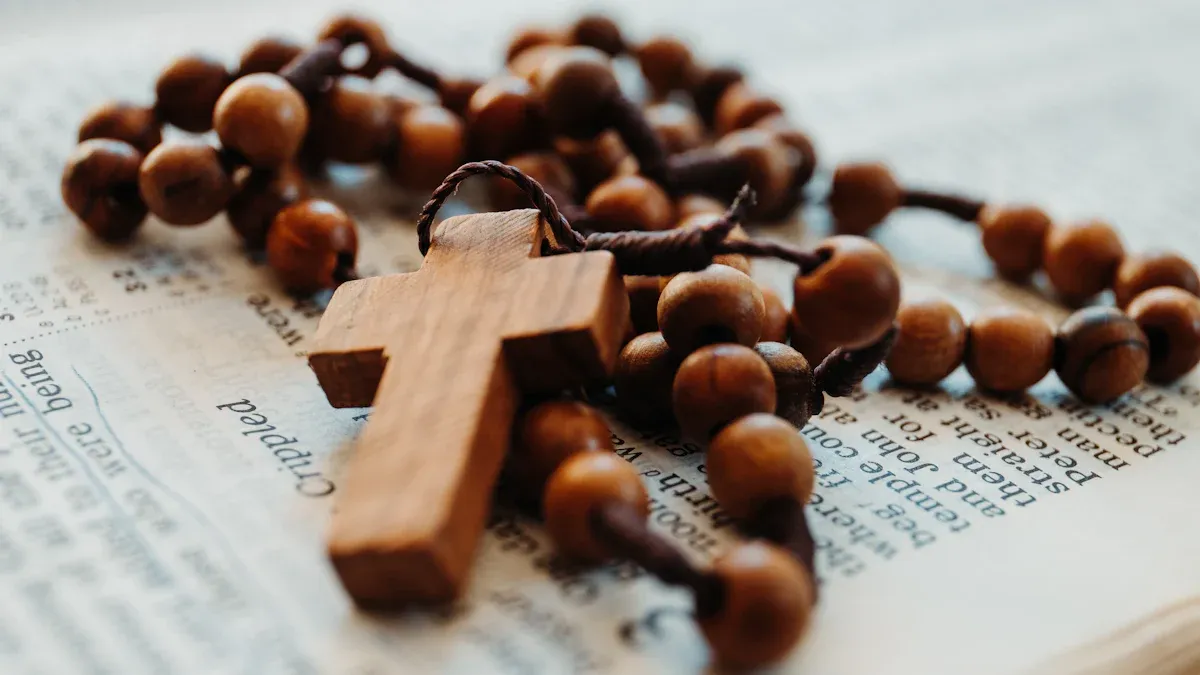
Christianity
Many Christians use prayer beads, especially Catholics. The rosary is the most well-known set (Check out our related products). It helps you keep track of prayers like "Our Father" and "Hail Mary." Long ago, Christians used roses to honor God and saints. Later, people used beads instead of flowers. The word "rosary" means "crown of roses." The rosary changed over time. Early Christians prayed while thinking about Jesus’ life. By the 1400s, the rosary had fifteen main parts for meditation. In 1569, the Catholic Church made the rosary official. In 2002, Pope John Paul II added the Luminous Mysteries. This gave people more ways to reflect.
Year |
Event |
|---|---|
1569 |
The Catholic Church made the rosary an official devotion. |
1571 |
Christians celebrated victory at the Battle of Lepanto, which they linked to the rosary. |
2002 |
Pope John Paul II introduced the Luminous Mysteries. |
Most rosaries have 59 beads. Some have 33 beads for Jesus’ years on earth. You use the beads to guide your prayers and help you focus. The rosary shows how prayer beads are used by Christians everywhere.
Islam
Muslims use prayer beads called Masbaha or Misbaha. These beads help you remember and praise Allah. A Masbaha usually has 99 beads, one for each name of Allah. Some have 33 beads for shorter prayers. You use them during Dhikr, which means repeating phrases to honor Allah.
Prayer beads help you count each phrase.
The beads make it easier to say long prayers.
Moving your fingers along the beads helps you focus.
Long ago, people counted prayers on their fingers or with pebbles. Now, the Masbaha makes it easy to keep track. Muslims everywhere use these beads to connect with their faith.
Religion |
Name of Prayer Beads |
Number of Beads |
Purpose/Use |
|---|---|---|---|
Islam |
Masbaha |
99 or 33 |
Used for reciting names of Allah and specific prayers. |
Buddhism
Buddhists use prayer beads called mala. You use a mala to count mantras or prayers. Most malas have 108 beads, but some have 27. The number 108 is special in Buddhism. It stands for many feelings that block enlightenment.
Malas can be made from different things. Traditional malas are made by local workers using wood, stone, or bone. Modern malas might use glass or gemstones. Some people wear malas as jewelry, but their main use is for meditation.
Type of Mala Beads |
Construction Method |
Materials Used |
|---|---|---|
Traditional Mala |
Made by local artisans |
Teak, tamarind wood, stone, bone |
Modern Mala |
Mass-produced in factories |
Cheap wood, glass, gemstones |
Fashion Jewelry |
Custom designs |
Various materials |
When you use a mala, you move your fingers along each bead. You repeat a mantra as you do this. This helps you stay calm and focused. Mala beads show how prayer beads help people grow spiritually in many places.
Hinduism
Hindus use prayer beads called japa mala. A japa mala has 108 beads, which is a sacred number. The beads help you count mantras or prayers. You usually hold the mala in your right hand and start at the Guru bead. As you chant, you move through each bead and focus your mind.
Japa mala helps you keep track of your prayers.
The number 108 connects to important ideas, like the 108 Upanishads and 108 energy lines in the body.
Using the mala helps you stay focused and calm during meditation.
Religion |
Name of Prayer Beads |
Number of Beads |
Purpose/Use |
|---|---|---|---|
Hinduism |
Japa Mala |
108 |
Used for counting while chanting or reciting mantras, and for meditation. |
Japa mala beads show how prayer beads are used by people in many countries.
Sikhism
Sikhs sometimes use prayer beads, but they are not required. Sikhs may use beads for meditation and saying mantras. Unlike other religions, Sikhs do not need to count prayers with beads. The main focus is remembering God and doing good deeds, not counting.
Aspect |
Sikhism |
Other Religions |
|---|---|---|
Purpose |
Used for meditation and recitation of mantras |
Often used for counting prayers or mantras |
Necessity |
Not considered necessary for spiritual practice |
Generally seen as essential in practices like Hinduism and Islam |
Material |
Made from wool, iron, or quartz |
Varies widely, often made from wood or seeds |
Counting |
No need to count; focus on remembrance |
Counting beads while reciting names of God |
Historical Influence |
Inherited from various Indic religions |
Unique to each religion's tradition |
Guru's Teachings |
Emphasizes right deeds over physical objects |
Varies by religious texts and teachings |
Sikh prayer beads can be made from wool, iron, or quartz. The main goal is to help you meditate, not to count. Sikhism teaches that true devotion comes from your actions, not from objects. This shows how different cultures use prayer beads in their own ways.
Cultural Variations
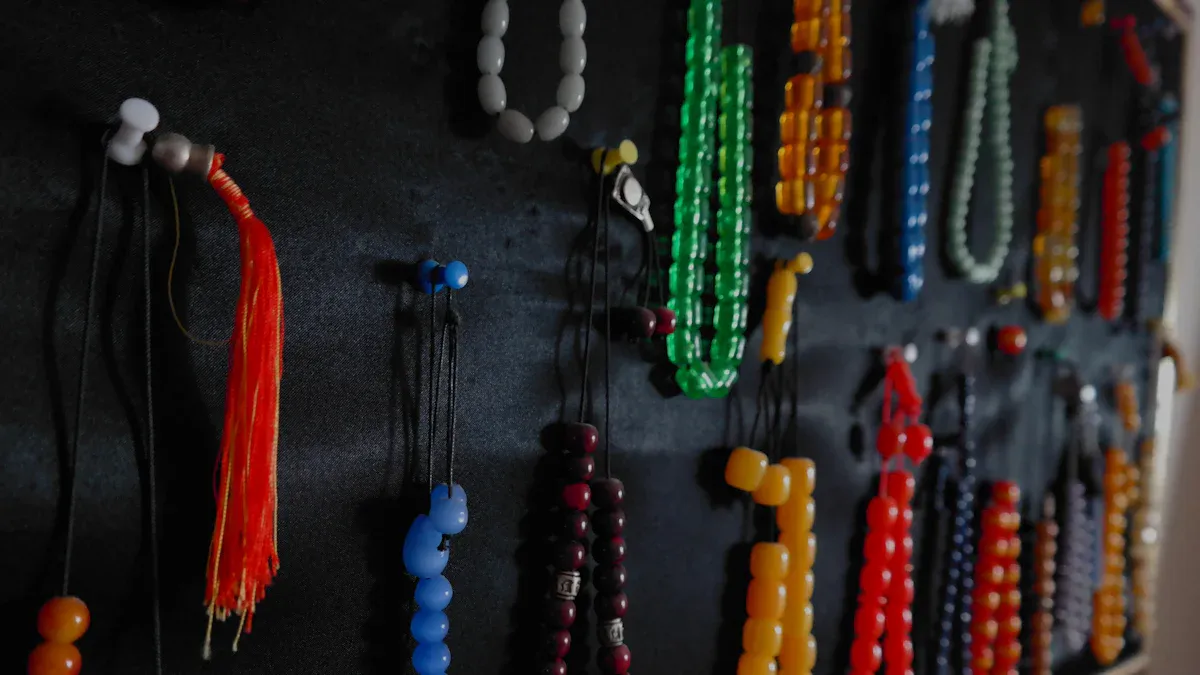
African Traditions
Prayer beads are important in many African spiritual practices. Beads are not just for decoration. They have special meanings. In some African cultures, beads are used for prayer or to show spiritual ideas. Traditional healers, called sangomas or n’angas, wear beadwork to show their job and help with healing. The color of each bead is important. People pick colors for their personality or to help with sickness. Beads are also used in rituals. You might see them used to tell the future or keep away evil spirits.
Beads are spiritual tools and symbols.
Healers wear beadwork to show who they are.
Colors show beliefs and needs.
Rituals use beads for safety and guidance.
These customs show how prayer beads reflect the Global Influence of spiritual objects in many places.
Native American Practices
Native American cultures have their own ways to use beads for spiritual life. Many tribes add a "Spirit bead" to their beadwork. This bead reminds people that no one is perfect and helps stop bad luck. Beads have always had spiritual power. Early necklaces worked as lucky charms, and some tribes called special beads "little spirit seeds." These ways connect people to their ancestors and nature.
The "Spirit bead" means people are not perfect.
Beads are lucky charms for safety.
Some tribes call special beads "little spirit seeds."
You can see how prayer beads in Native American life mix tradition, belief, and personal meaning.
Greek and Russian Orthodoxy
Prayer beads in Greek and Russian Orthodoxy are different from those in Western Christianity. People use a prayer rope, not a string of beads. The rope has knots, often made from wool, and usually does not have a crucifix. Each knot helps you say the Jesus Prayer. The main goal is meditation and quiet thinking. Both monks and regular people use these ropes to show their dedication to prayer.
Aspect |
Greek/Russian Orthodoxy (Prayer Rope) |
Western Christianity (Rosary) |
|---|---|---|
Design |
A simple rope with knots, often made of wool or other materials, without a crucifix. |
A structured design with a crucifix, beads arranged in decades, and a centerpiece often depicting the Virgin Mary. |
Usage in Prayer |
Primarily used for the Jesus Prayer, with each knot representing one iteration of the prayer. |
Organized around a series of prayers and meditations, with each decade reflecting on specific Mysteries. |
Focus |
Emphasizes meditation and contemplation through repetitive prayer. |
Combines structured prayer with thematic meditation on the life of Jesus and Mary. |
Cultural Significance |
Represents dedication to continuous prayer and is linked to monastic life. |
Central to Catholic identity and community events, often associated with Marian devotion. |
These differences show the Global Influence of prayer beads, as each group changes them to fit their own beliefs and ways.
Design and Symbolism
Materials and Bead Numbers
Prayer beads from different places use many materials. Each material means something special. You might see beads made of wood, seeds, gemstones, or bone. These are not just random choices. They come from old beliefs and customs.
Wood helps you feel close to nature. Many Buddhists, Hindus, and Christians use wooden beads.
Seeds and nuts mean growth and new life. Hindu and Buddhist malas often use these.
Gemstones and crystals have special energy. People pick stones for their healing powers.
Bone and ivory remind us that life does not last forever. Tibetan Buddhists use these a lot.
Metal beads stand for strength and safety. Hindus, Buddhists, and Christians use them too.
Glass and ceramic beads add bright colors and personal meaning.
Bodhi tree wood is very important in Buddhism. It stands for enlightenment.
Amber gives off energy and has a bright color.
Jet stone keeps away bad energy.
The number of beads is important too. Hindu prayer beads have 108 beads for the 108 Upanishads and energy lines. In Buddhism, 108 beads help you let go of desires. Some groups use 33 or 99 beads, each with its own meaning. The number 108 is also used in Chinese medicine to show how everything is connected.
When you hold prayer beads, you hold both history and meaning in your hand.
Artistic and Ritual Significance
Artists use different ways to make prayer beads look nice and special. They pick certain materials, colors, and shapes. Every choice makes the beads more powerful for rituals.
Material |
Description |
Ritual Significance |
|---|---|---|
Wooden Beads |
Lightweight and earthy |
Used in Islamic and Buddhist practices |
Glass Beads |
Elegant and colorful |
Bring vibrancy and joy to prayer |
Gemstones |
Carry healing properties, like rose quartz or onyx |
|
Seeds and Nuts |
Show growth and life cycles |
Important in Hindu and Buddhist rituals |
Prayer beads are both tools and symbols. You use them to count prayers. They also show your faith and devotion. For example, mala beads help you meditate and reach spiritual goals. Christian rosaries help you focus during prayer. Islamic Misbaha helps you remember the 99 names of Allah.
Each group makes prayer beads in its own way. This shows how people everywhere use them to connect with the divine.
Global Influence Today
Shared Human Experience
You can find prayer beads in many places around the world. People from different cultures use them to connect with the divine. When you hold prayer beads, you use your sense of touch. This helps you focus during prayer or meditation. The act of moving your fingers along each bead gives you a rhythm. This rhythm calms your mind and brings you closer to your spiritual goals.
Prayer beads engage your body and senses. This makes your spiritual practice feel real and present.
You use prayer beads as a tool to deepen your spiritual experience. Many cultures believe that physical actions, like touching beads, help you connect with something greater.
When you use prayer beads, you join a long tradition. People everywhere have used beads to seek comfort, guidance, and peace.
Prayer beads show that people everywhere want to find meaning and connection. You become part of a shared human story when you use them.
Modern Adaptations
Today, you see prayer beads in many new forms. People still use them in churches, temples, and mosques. You also find them in yoga studios, wellness centers, and even on bracelets worn as fashion. The Global Influence of prayer beads continues to grow as people adapt them to fit modern life.
The Rosary remains a key practice for many Catholics. You use the beads to guide your prayers and reflect on important events. The prayers change with the day of the week, showing how the tradition stays alive and flexible.
Many people say that using prayer beads, like the Rosary, helps them feel better and more peaceful. This shows that prayer beads still play a big role in spiritual life today.
In some places, you see prayer beads made from new materials, like recycled glass or eco-friendly wood. Artists create unique designs that blend old traditions with new styles.
Some people use digital prayer beads on their phones or smartwatches. These apps help you keep track of prayers or meditations, making the practice easy to fit into your busy day.
You might notice that prayer beads now appear in mindfulness classes and stress-relief workshops. Teachers use them to help you focus and relax. This shows how prayer beads adapt to new needs while keeping their deep meaning.
Prayer beads remind you that spiritual tools can change with the times. They stay important because they help you find peace, focus, and connection in a busy world.
Personal and Communal Roles
Individual Spirituality
You can use prayer beads to support your own spiritual journey. The word 'bead' comes from old English and Germanic words that mean 'to bid one's prayers.' This history shows that people have used beads for sacred conversations for centuries. When you hold prayer beads, you give your hands something to do. This helps you calm your mind and focus on your prayers or thoughts.
Prayer beads act as anchors during meditation or prayer. You move your fingers along each bead, which helps you keep a steady rhythm. This rhythm makes it easier to stay present and mindful. If you feel anxious or distracted, the beads can help you return to your practice. Many people say that using prayer beads helps them feel peaceful and connected to something greater.
Prayer beads are more than objects. They are tools that help you find calm, focus, and meaning in your daily life.
You might use prayer beads to repeat a mantra, say a prayer, or simply breathe deeply. Each bead marks a step in your spiritual practice. Over time, you may notice that your mind feels clearer and your heart feels lighter.
Community Traditions
Prayer beads also play a big role in bringing people together. When you join a group in prayer or meditation, you share a special bond with others. Prayer beads can help everyone in the group stay focused and connected.
Bishops at a conference used prayer beads to remind everyone of unity and shared purpose.
Each person received a prayer strand, showing their link to God and to each other.
The beads became a symbol of a global community, with people praying together across different places.
You might see prayer beads used in ceremonies, group meditations, or special events. These moments help you feel part of something bigger than yourself. Prayer beads remind you that you are not alone in your faith. You join a tradition that connects people across time and place.
When you use prayer beads with others, you help build a sense of unity and shared hope.
Notable Examples
Historical Collections
Museums and private collectors have many interesting prayer beads. These beads tell stories about trade, culture, and faith. Here are some key facts about old prayer bead collections:
Trade beads were used like money and as symbols. People traded goods and shared beliefs with them across continents.
Prayer beads were important in business, diplomacy, and religion. They helped connect people from different places.
Archaeologists found bead-making sites in Africa that are very old. Some are over 75,000 years old. These beads were used in rituals and ceremonies.
In Tibetan Buddhism, prayer beads are made from turquoise or carved bone. The materials show the owner's status and taste. A strand usually has 108 beads. This number helps you clear negative karma and count mantras. When you look at these collections, you see how prayer beads show personal and cultural values.
Prayer bead collections show how people shared ideas and beliefs. You can learn about history, art, and faith by looking at these beads.
Influential Figures
Many well-known people have used prayer beads for their spiritual lives. You might know some of these names:
Mahatma Gandhi used a japa mala to repeat God's name and find peace.
Mother Teresa held a rosary to pray for others and find strength.
The Dalai Lama uses a mala to count mantras and teach about kindness.
These people show how prayer beads can help you feel hope, focus, and kindness. When you use prayer beads, you join a tradition shared by leaders and seekers.
You can follow these famous people by using prayer beads to help your own journey.
Prayer beads link you to old faith and culture. Many religions use them to help people focus and feel calm. People pray, meditate, or relax with prayer beads. The designs and meanings are not always the same. But prayer beads always help you pay attention and join with others.
Similarities |
Differences |
|---|---|
Counting and focus aid |
Number, material, and prayers vary |
Portable and symbolic |
Cultural status and meaning differ |
Prayer beads keep changing over time. How will you use them in your own spiritual life?
FAQ
What are prayer beads used for?
You use prayer beads to count prayers, mantras, or breaths. They help you focus during meditation or prayer. Many people find that beads make spiritual practices easier and more meaningful.
Prayer beads guide your mind and hands during spiritual routines.
Do all religions use the same number of beads?
No, you see different numbers in each tradition. For example, Hindu and Buddhist malas have 108 beads. Islamic Masbaha has 99 or 33 beads. Christian rosaries usually have 59 beads.
Religion |
Typical Bead Count |
|---|---|
Hinduism |
108 |
Buddhism |
108 |
Islam |
99 or 33 |
Christianity |
59 |
Can you wear prayer beads as jewelry?
Yes, you can wear prayer beads as necklaces or bracelets. Many people do this for style or comfort. Some believe wearing beads brings peace or protection, even outside of prayer.
You may see beads in fashion and wellness stores.
Some designs blend tradition with modern style.
How do you choose the right prayer beads?
You pick beads based on your tradition, material preference, and spiritual goals. Wood, seeds, gemstones, and bone all carry special meanings. You may want beads that feel comfortable in your hand or match your beliefs.
Try different types until you find beads that help you focus and feel calm.
See Also
Exploring the Global Influence of Prayer Beads in Different Cultures
